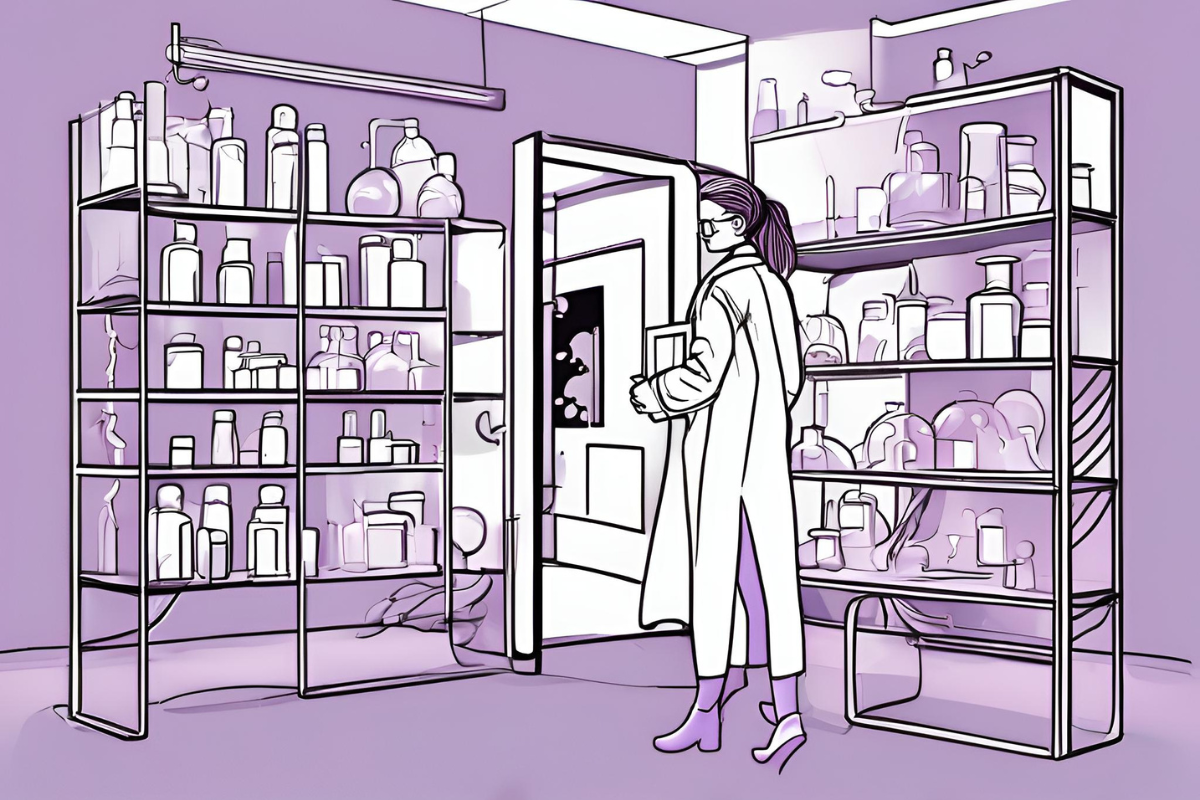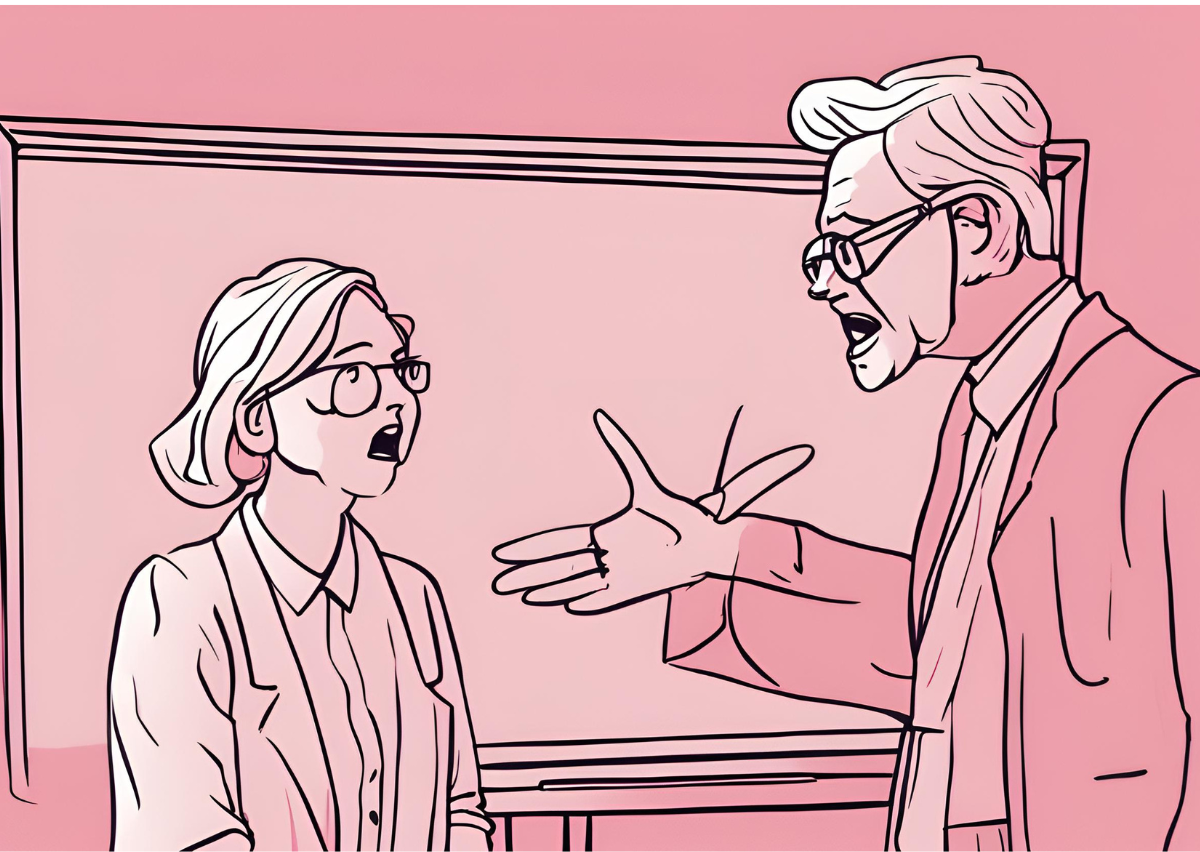Academics who become entrepreneurs face not just a learning curve, but a mindset shift.

The laboratory and the boardroom are very different places. For people who have spent much of their working lives in academia, where moving fast and breaking things doesn’t work, that can be a challenging transition to make.
In academia, there is no real-time limit to making a discovery. Deadlines and time-based milestones don’t work quite the same way that investors would want for a business. Shifting gears away from that mindset is a challenge for many founders who want to spin out their university research into a commercial company.
“In the university, you can be more idealistic and spend time thinking about the possibilities, without necessarily being constrained by the practical realities. That’s definitely one of the trade-offs that I see vexing colleagues who are considering going on this journey,” says John Terry, co-founder and CEO of Neuronostics, a 2017 spin-out from the University of Exeter that has created a diagnostic support tool for neurological conditions like epilepsy.
I’ve certainly learned a lot of pragmatism on this journey.
John Terry
“I don’t know if I’ve always been pragmatic, but I’ve certainly learned a lot of pragmatism on this journey. Those trade-offs, I find easier to make now, but I think that’s certainly something that some academic colleagues may find challenging in the early stages, especially.”
Founders out of universities may know the ins and outs of the technology, but how do they spin out a company based on it? They face a number of questions including:
How much ownership should they have? Who would be a good co-founder? What will the business look like? How big can it get? What’s the product, what should be the first market? How should the product be priced? How should you build a team? How do you raise money? How to develop a network? Who would be a good chair for the company?
Recognise the gaps in your experience — and learn to plug them
In some ways starting a business is easier than academia. A PhD, for example, tends to revolve around questions that don’t yet have an answer, and can consequently lead to many dead ends, often to the detriment of a student’s mental health, says Manjinder Kainth, founder and CEO of Graide, a University of Birmingham spinout that has developed an AI-powered academic assessment tool.
Business may be an entirely new skill set but plenty of other people have encountered these problems before and so founders have plenty of advice and experience to draw from. Sometimes the difficulty is getting academics to realise that they can benefit from tried and tested formulas, says Miles Kirby, CEO of Deeptech Labs, a Cambridge-based accelerator that regularly works with university spinouts.
“I’ve seen some academics, because they’re really bright and they’re used to coming up with things from first principles, say: ‘Okay, I’m going to figure this out on my own and first principles,’ and sometimes that ends up with some funny solutions which maybe aren’t so optimal,” says Kirby.
“For me, it was around commercialising the offering. It was very easy for me to learn how to develop the product because I’d done a lot of development during my PhD and my undergraduate degree, but I’d never sold anything in my life,” says Kainth. “I didn’t fully understand what the sales process looked like, how to consider sales, how to consider convincing people to buy all the stuff that you’re selling. That was definitely the biggest gap,” says Kainth, adding that project management, administration, fundraising, and other areas were also new.
It was very easy for me to learn how to develop the product … but I’d never sold anything in my life
Manjinder Kainth
Another area where founders stumble is in communicating their technology effectively to people who are not experts in the space.
“For cooling and heating, saying you’ve got an efficiency factor of seven may not mean a lot to people. But if you say you could halve the amount of energy required for heating and cooling, that’s a whole different thing,” says Kirby. By the time you get to series A you should have some real proof points to point to, but before that, your storytelling skills will make or break you.
Founders must be able to convince all stakeholders that the idea is good and that they are the person to lead it. They must also recognise when someone else would do a better job of being the CEO.
“Sometimes we find that the folks are saying; ‘no one else could be CEO at the moment, so I’ve got to get it started. And I recognise that over time I may be the right person or I may not,” says Kirby.
“The danger is when someone thinks they want to be CEO but don’t really have the skill set, and then they struggle.”
Make sure your tech is real-world ready
A university research lab is optimised for discovery, but doesn’t necessarily replicate real-world conditions. A commercial venture needs to make its technology work across a range of less-than-perfect situations.
For Neuronostics, which uses mathematical models to extract information from electroencephalogram (EEG) readings to help clinicians diagnose epilepsy, the challenge was making the technology work with the widely-used clinical EEG equipment, typically involving some 19 electrodes – or “channels” – placed on the scalp. It’s a far cry from the 128 channels you might see collecting data in the research lab.
“There’s no point in showing something could work if you’ve got everyone into a university lab and put them up on a very high-tech EEG machine that costs £50,000. That’s never actually going to be of benefit to people. It’s got to work with the technology that’s readily available,” says Terry.
Picking a track and killing your darlings
Where a lot of spinouts fail is not because of the technology not working well, but because they try to apply that technology too broadly rather than focusing on one or two routes that would be successful.
“I think in the early stages, I was sort of much more in that kind of academic mindset of, ‘we can do everything and we can develop everything’,” says Terry. In the company’s early days, some grant funding was used for proof-of-concepts for things like a smartphone app and a headset for home use.
Ultimately, it was the diagnostic decision support tool that was the furthest along. What that meant, though, was that they had to put to one side exciting applications like at-home monitoring. Focusing on the clinical side was determined to be the best route for the technology, as it would be easier to implement via current treatment methods that already exist.
“That did create some tension internally because in a lot of the early work we’ve done, we’ve worked really closely with people with lived experience of epilepsy, and many of the challenges they face were around the difficulties of getting to hospitals, the uncertainty around the diagnostic process, and then the even greater uncertainty around the correct treatment.”
Too many people also have a solution hunting for a problem, says Kainth, rather than trying to address problems that already exist and then building a solution. When Graide first began, there were discussions around using AI technology for searching more technical documents or in plagiarism detection. Still, the biggest pain point they could address was in grading and marking.
Assessment feedback is consistently rated low on the UK National Student Survey, and contributes significantly to the heavy workloads that make a large proportion of secondary school teachers quit within five years. There was clearly a need for something that helps, and Kainth’s team saw it as a potential business from the very beginning.
What universities could do better
There’s a broad feeling that universities have generally been getting better at supporting their prospective startups in recent years. Firstly, there seems to be a wider recognition by universities that they shouldn’t keep as much equity as they have in the past, lest they become toxic to potential investors.
There’s also been more of a retooling away from just the regular practice of licensing IP. This was often done with short-term patents — if no-one licensed the technology in time, the patent would lapse and the university would move on to the next big thing.
Now there’s more focus on spinning out real companies and, especially for spinouts in the healthcare space, with their longer development cycles, the short-term approach to IP protection is having to change.
“It was quite challenging to convince the university to carry on protecting that IP for a good period of time prior to the company getting private investment,” says Terry. It wasn’t until the second round of investment that the company was able to secure its IP for itself, after reaching certain agreed-upon commercial milestones.
Universities are continually looking to improve their handling of startups, but entrepreneurs think more can still be done. More mentoring programmes, education on the commercial and legal entities that need to be formed to create a company, and more communication with research departments would all be welcome.
“A lot of researchers love research and that’s all they want to do. It’s nice that their research could be commercialised, but that’s not their core focus. But it doesn’t mean that the university shouldn’t be there to help them do that if it is something that is reasonably viable,” says Kainth
“There definitely needs to be more education on the possibility of creating a startup. As an option, as opposed to just licensing technology. Putting that information out there, supporting ideas.”
First steps — talk to someone who has done this before
The most important thing any academic looking to make the leap can do at first is reach out to other academics that have done so before them. Understand what worked and what didn’t, and get a good idea of what resources are out there.
“I would definitely go for it, but I would go in with your eyes open and definitely have that self-doubt and have a trusted confidant, have a co-founder that you can bounce those ideas and concerns off of, and make sure that you’re regularly sense checking,” says Terry.
Academic is one kind of way of life, being an entrepreneur is quite different.
Miles Kirby
Kainth says that academics with good technology should reach out to commercialisation departments at the university – more often than not, they will have the resources to help get your idea off the ground. Correctly measuring your market is also crucial – don’t just look at the size of the market you want and arbitrarily pick a percentage to carve out. Start from the bottom up.
“Define your user – what is your ideal client profile? Have that narrow enough that you know they’ll realistically buy from you. See how many of those exist in the market that you’re going for and multiply that times the money you can charge for it. That is your market size, ” he says.
Kirby says that ultimately, you have to decide if making the switch to entrepreneurship is the right thing for you: “It’s not for everyone – academic is one kind of way of life, being an entrepreneur is quite different. Is this something that you really want to do? It’s a marathon, not a sprint.”

Fernando Moncada Rivera
Fernando Moncada Rivera is a reporter at Global Corporate Venturing and also host of the CVC Unplugged podcast.









